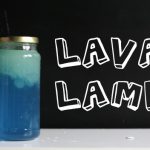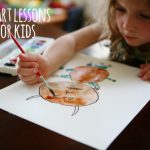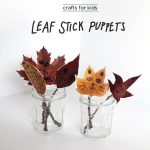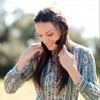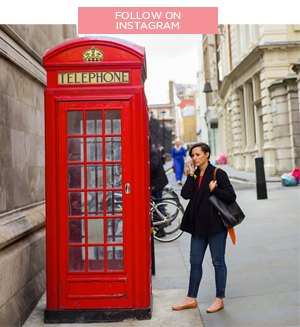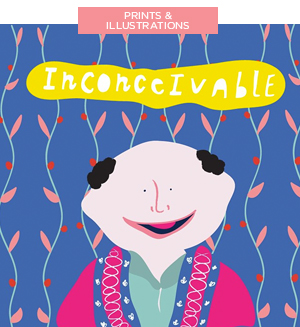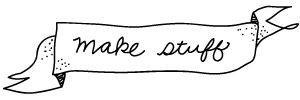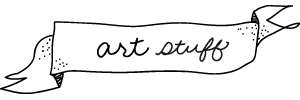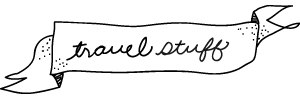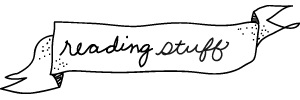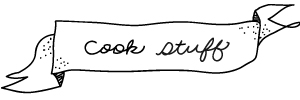Art School | Japanese Watercolor
by Deborah Harju, posted on October 7th, 2014 in Art School
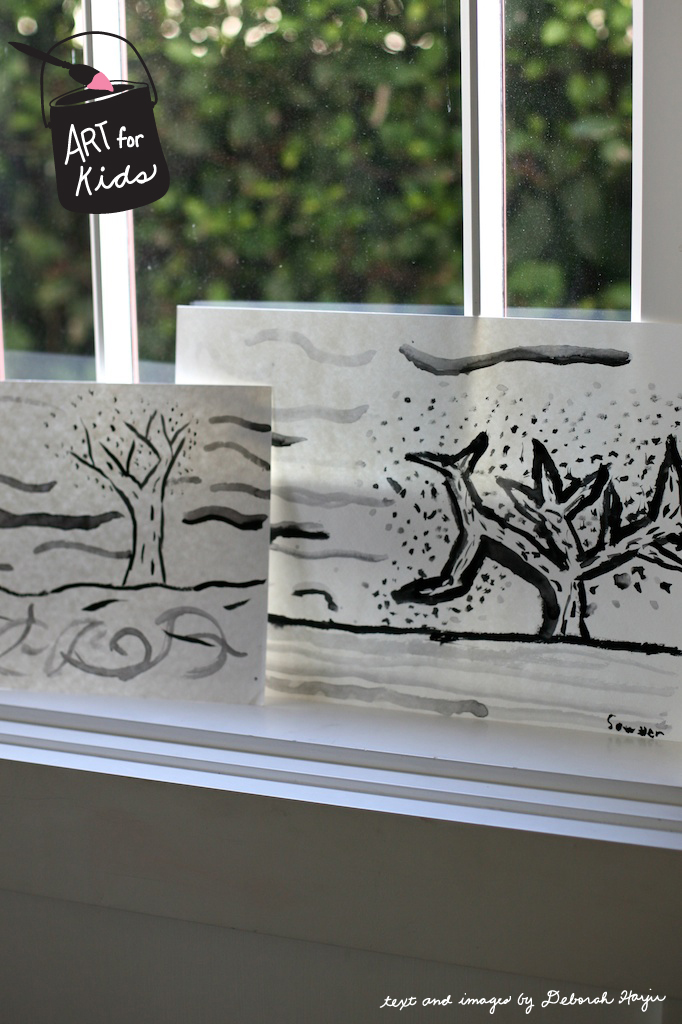
Exploring the world of ancient Japanese art reveals such beautiful techniques in watercolor painting. Japanese artist Sesshu was born in the 15th century and his work was greatly influenced by Chinese landscape painting. Using just one color, he allowed his brush strokes, heavier or lighter, thicker or thinner to create his scenes. Let’s take a look at one of his paintings, titled “Landscape of Fall and Winter.”
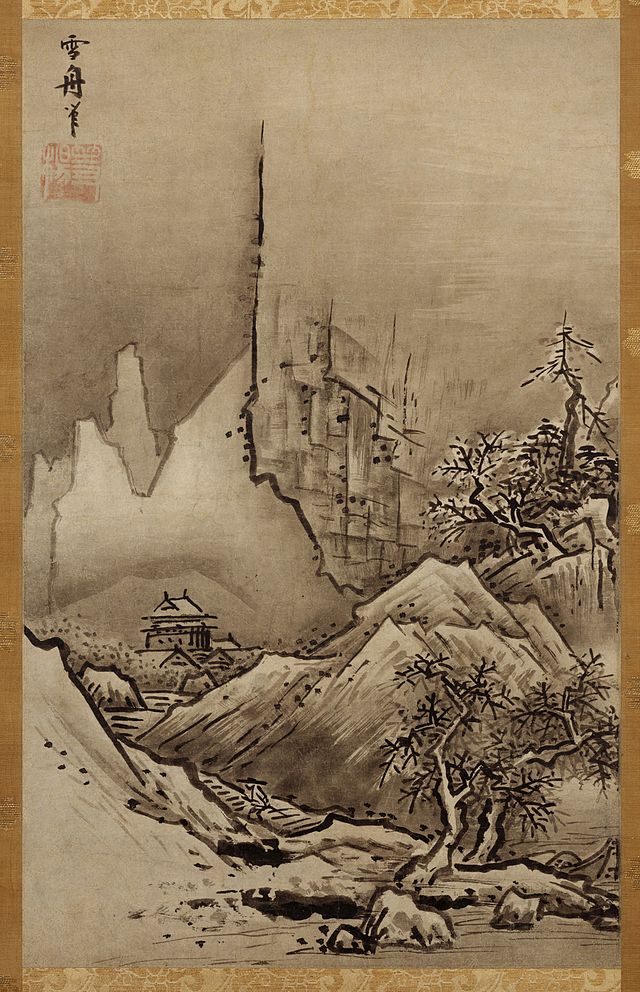
image source
Using just black watercolors today, we are going to practice our brush strokes and work on lighter and darker hues. You’ll need water, a few brushes in various sizes, watercolor paper, and black watercolor paint.
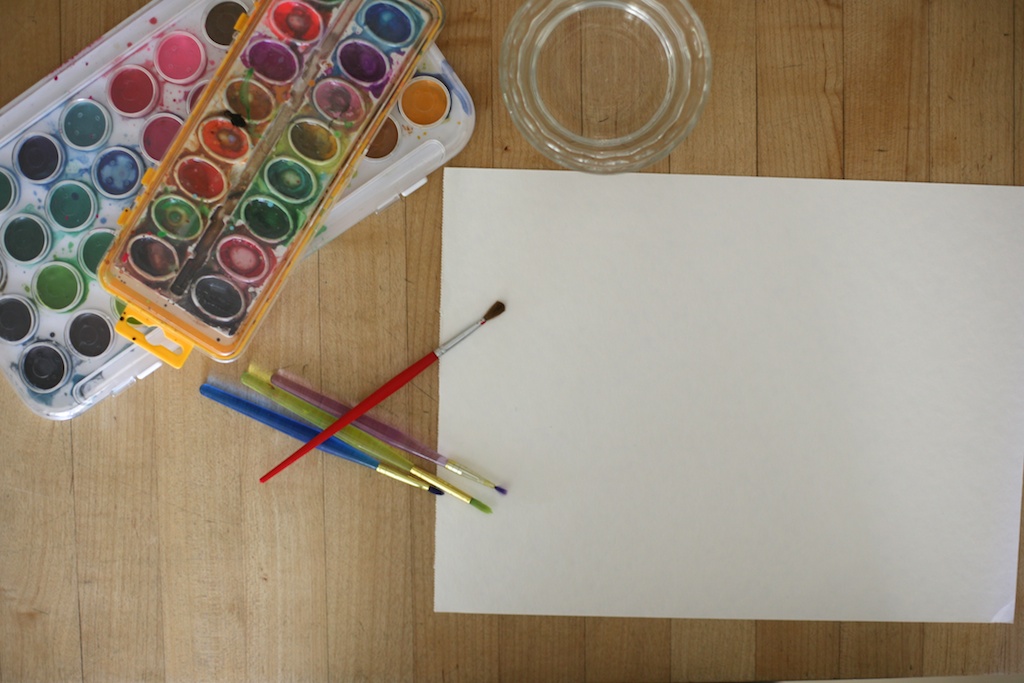
Start with a horizon line near the bottom 1/3 of your paper.
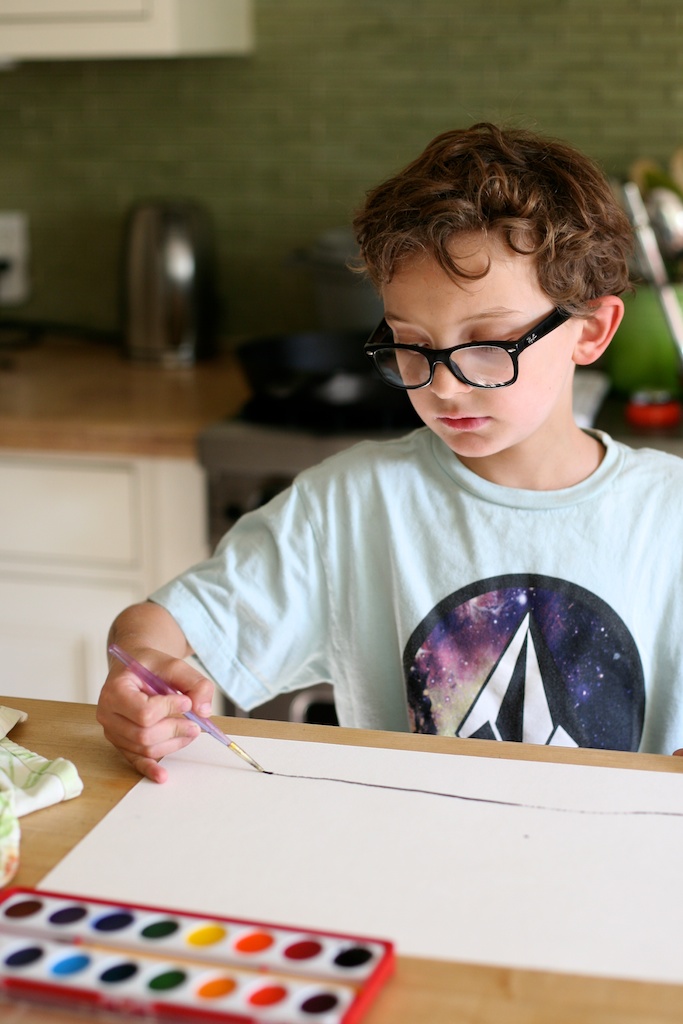
Decide what your landscape painting is going to be, maybe a tree, a building, a flower? Experiment with the watercolor and brush size to find the right combination of thickness and darkness.
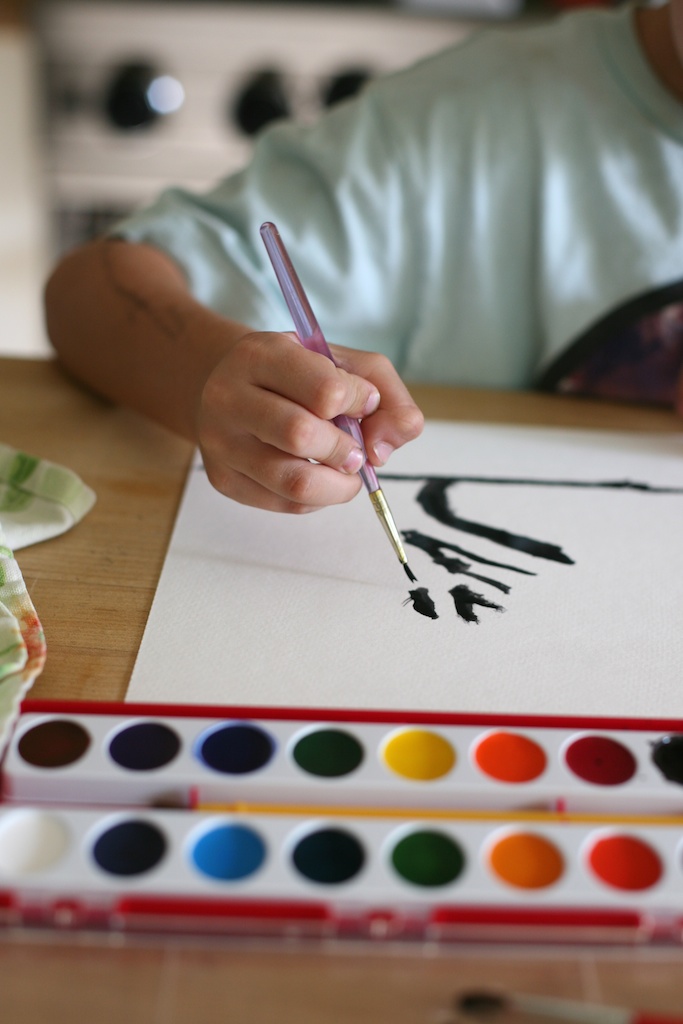
Try to use several brushes throughout the painting, and dilute the watercolor by dipping your brush in the water several times before it touches the paper. This will give the black watercolor a lighter, or almost light gray coloring. You can even layer the lines to create more dimension. Dark over or under lighter lines. You can also experiment by using just the tip of your brush instead of all the bristles.

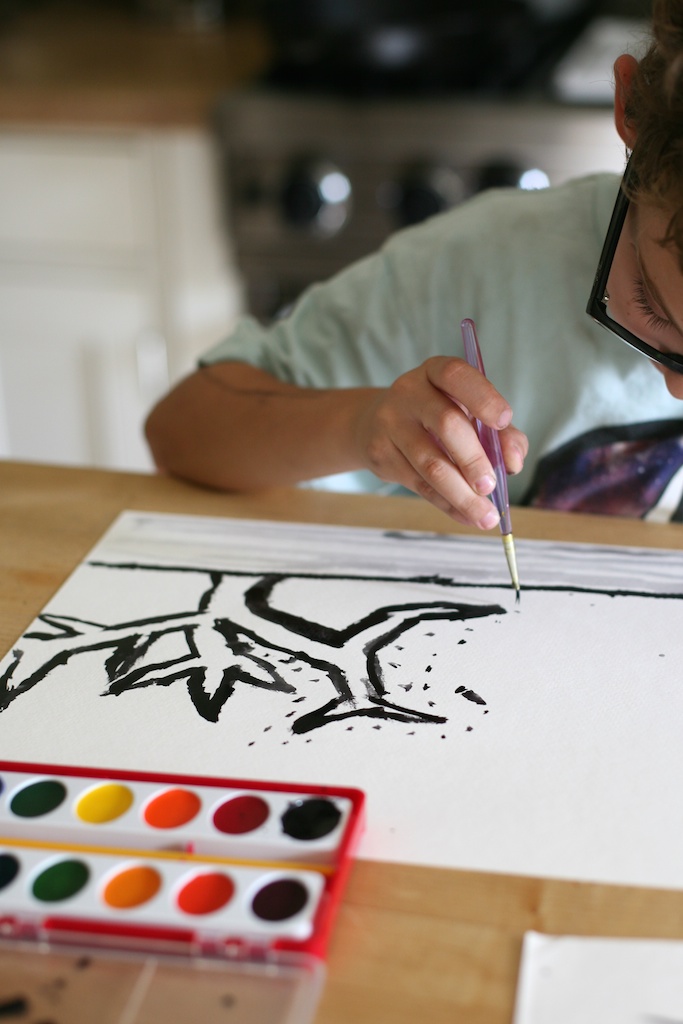
And don’t forget to “sign” your black and white Japanese inspired landscape.
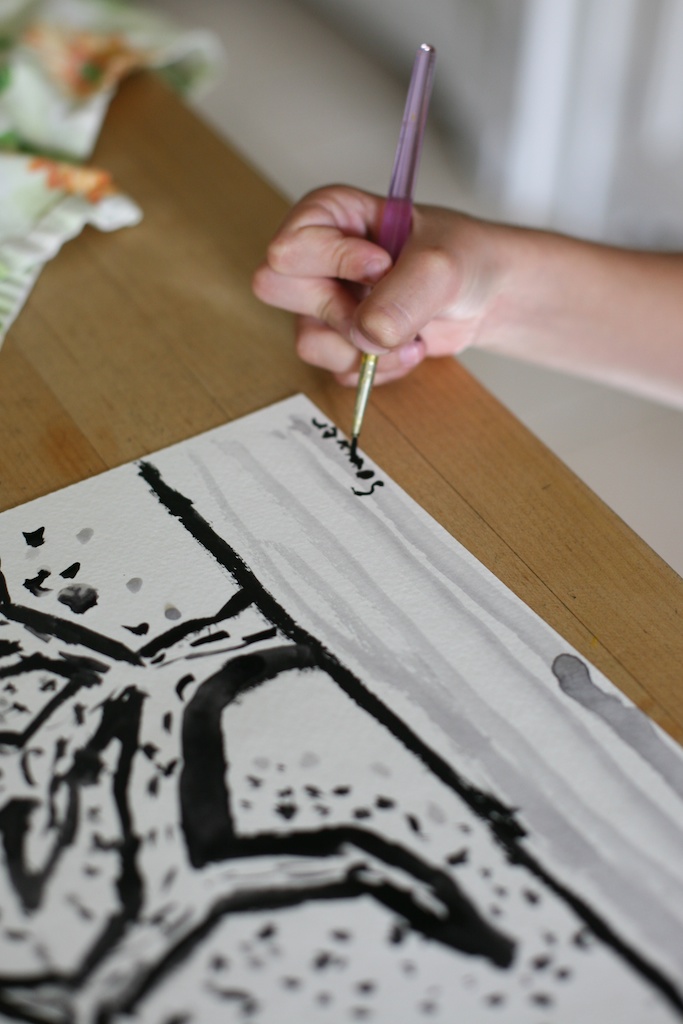
More art and culture…
-Origami Art
-Travel: Mt. Fuji
-Living(room) Global

